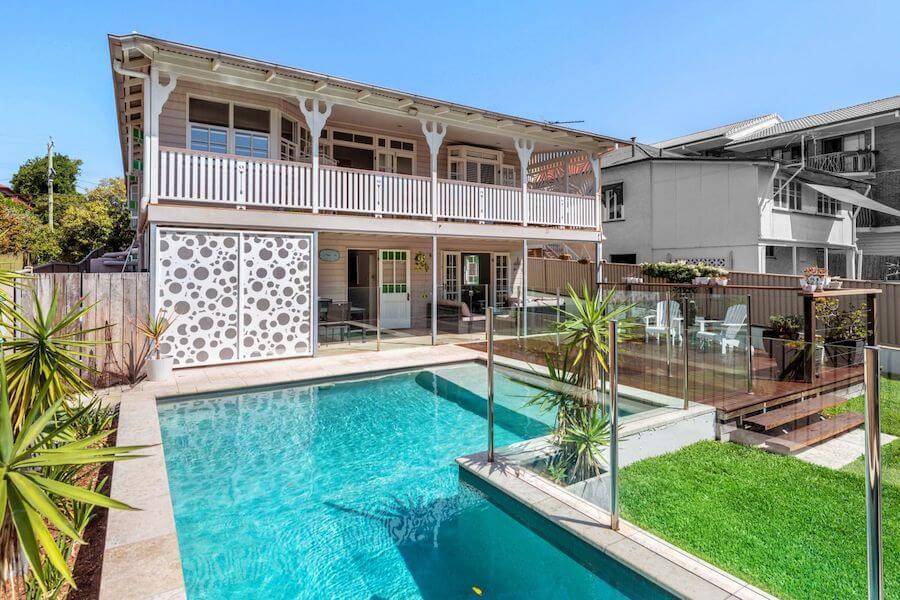Building a home is no simple task. There are many things to take into consideration, there are a lot of important decisions to make and heating is one of them. The choice of your heating depends on many variables.
Outlined below are the different most popular heating options and how they work. This will help you determine which system fits your needs and offers the best heating solution for your home.
Heating systems for your home
There are various heating solutions to choose from, each with its own perks and disadvantages. If you’re going to install your first heating mechanism, you need to do it right. Here are some of the most popular and efficient ways to keep your house warm during winter.
Topics in this article:
Hydronic panel heating
This is one of the most popular systems on the market to heat up your home. This system is not only efficient, but it’s also easy to install and maintain. It uses hot water to spread heat evenly through every room. It’s a clean, silent mechanism that works well for both smaller and larger homes. Although you would need more panels for a larger home, it would still pay off in the long run.

How it works
There are four main elements:
- Boiler – Connected to a water supply it holds the water and heats it. Boilers usually run on gas or coal, depending on their type. Some boilers are designed to use gas, coal or electricity as an energy source. The type of boiler you choose will depend on the energy source that is available at your home. For example, not all houses have access to gas.
- Pump – Draws the water from the boiler and pumps it through the tubes. It works on electricity, so if you don’t have an alternate energy source, your heating won’t work in case of a power loss.
- Tubes – The tubes distribute hot water through the house. Tubes lead the water into and out of the panels. They are usually made from copper because of its thermophilic properties.
- Panels – Panels spread the heat that they absorb from the hot water running through them. Each panel has a valve that controls water intake, which reduces or increases the temperature in your room.
Be prepared to drill a few holes in your walls for the tubes to go through and to install your panels. But if you need a heating system that will keep you consistently warm through those harsh chilly winters, then this is the one for you.
Split system heating
This is a great choice if you have moderate winters. It’s not a system you want to use if you experience freezing temperatures during the colder months. This heating method runs on electricity and you can use it to heat up one room or all rooms individually. This means that you can set different temperatures in each room.
 For sale: 10 Gardiner Crescent, Blackheath, NSW
For sale: 10 Gardiner Crescent, Blackheath, NSW
How it works
There are two main components of this installation:
- Outdoor unit – Uses heaters and a fan to drive hot air through the tube all the way to the indoor unit.
- Indoor unit – Works on electricity and heats up the room to the temperature that you choose. The indoor unit could be mounted on the upper side of your wall or the lower side, depending on the model. Some can even be placed on the ceiling.
Some might find this form of heating too loud but there are some very quiet split system solutions. The best part of this method is that it keeps the temperature at the same level and only activates when the temperature drops.
You will need to install an indoor unit in every room you want to heat. This means that you’ll need to find an appropriate place for the unit throughout your home, ensuring that it’s properly positioned to allow for proper heat distributing. You will also need to have a power source nearby.
Ducted heating system
This form of heating demands a lot of structural work. It provides heat through the entire house and doesn’t need any panels or special equipment but it does require you to build a network of ducts to direct the heat to each room.
Ducted heating is also known as central heating as it relies on a single heat source for the entire home. Although it requires a lot of work, it is a silent system and an excellent solution for cold winters as it supplies heat throughout the entire house.
 For sale: 59a Bardo Road, Newport, NSW
For sale: 59a Bardo Road, Newport, NSW
Key elements of this system are:
- Central heating unit – It usually works on gas that heats the air in tubes. A fan then drives the air through the insulated ducts into each room.
- Insulated ducts – They are spread through the walls of the home, leading the hot air to and through the vents.
- Vents – Open and close depending on the room temperature. They let the hot air in the room when the thermostat detects a drop in temperature. They are usually placed discretely on the wall, floor or ceiling.
- Thermostat – Detects the room temperature and sends a signal to vents.
There are some major disadvantages to ducted systems. Most notably, the system spreads a lot of dust and microbes through the house when it’s running. Some homeowners dislike the dry air these types of systems produce, which has made it a less popular system lately.
All these heat suppliers offer you a chance to keep your entire home warm during the winter. Which one you decide on depends on the climate in your location and the size of your home. There’s also the question of money, and how much you’re willing to pay. In our opinion, it’s better to invest a little more and save money on power bills in the long run. In addition, you need to decide how much time are you’re willing to spend on installation, as some systems require more time commitment than others.
Which heating system do you prefer for your home? Let us know in the comments.
For more tips and decor ideas to warm your home take a look at our guide to achieving a high Green Star rating, 11 cosy living rooms and outdoor living ideas for winter.




